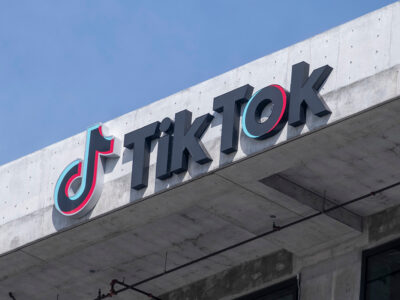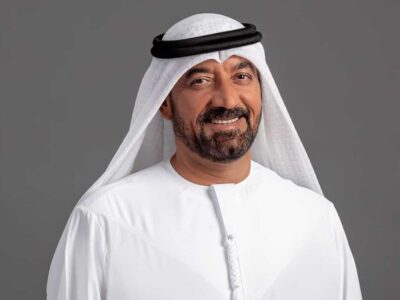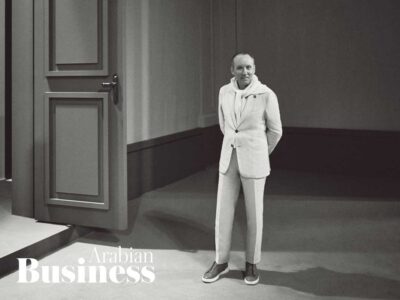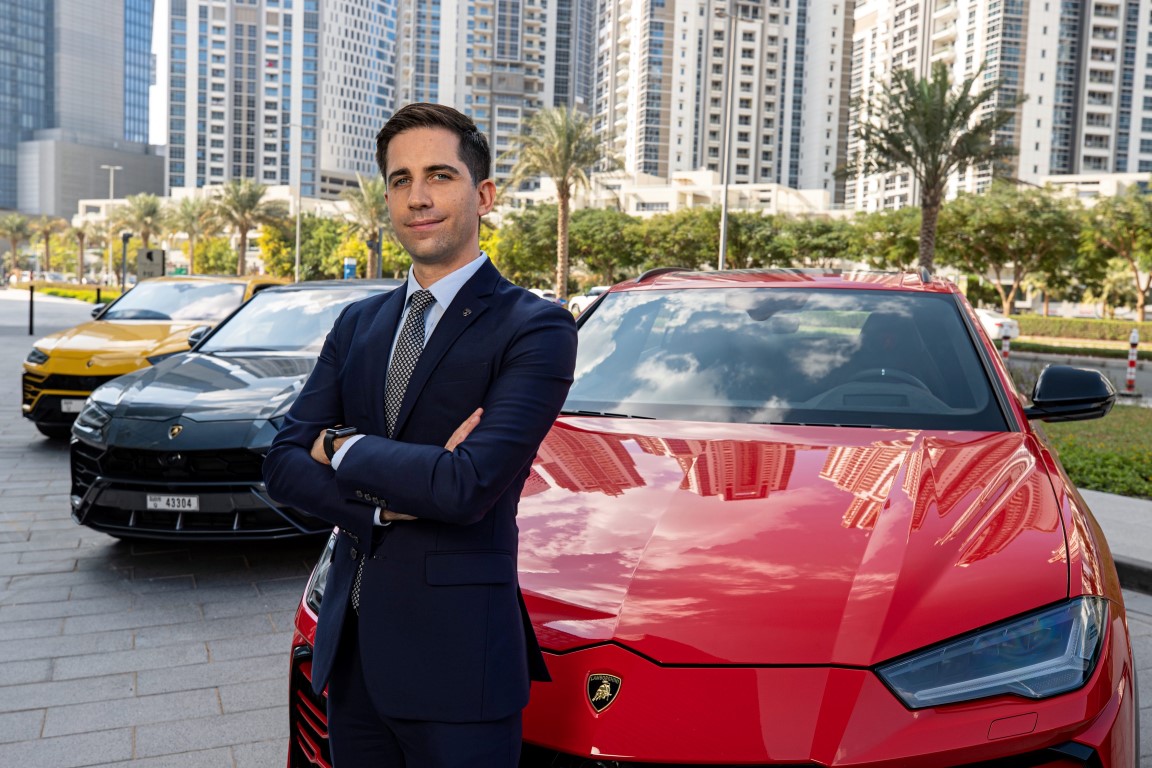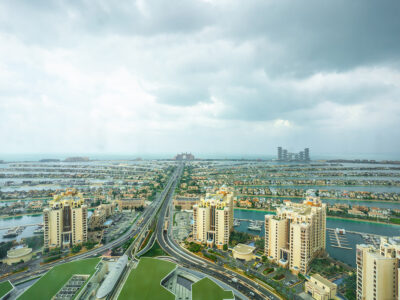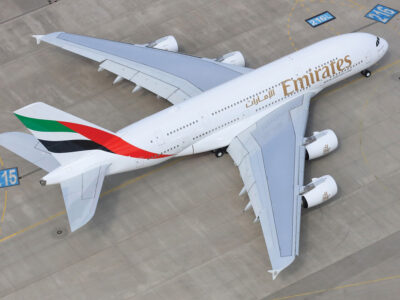Paolo Sartori made the switch to become Automobili Lamborghini’s regional head for the Middle East and Africa in September, a move that coincided with record sales for the luxury Italian supercar in this area.
He laughs when it’s suggested his arrival was the driving force behind the success, but points out that South Korea, where he left for Dubai in the summer, was also experiencing something of a resurgence, as the world gradually recovers from the coronavirus crisis.
Indeed, the company revealed 2,083 Lamborghinis were sold in the third quarter of the year globally, and 85 in the MEA region – in September, in particular, there were 41 of the supercars sold in the region, up from 39 in 2019.
He tells CEO Middle East: “Even during the pandemic, worldwide, yes there was this shutdown for a few weeks at the factories, for the safety of the employees, about seven weeks I believe. The production was on hold for a while, but then it started after the summer, quite strongly, not only in the Middle East, but worldwide.
“Overall we can say that this full year you will probably see a lower total figure compared with 2019, but still we are in good shape the company in terms of profitability, financials.”
Sartori is forecasting sales of just under 400 of its iconic supercars in the Middle East and Africa region for 2020, a drop of around 9 percent year-on-year.
However, he is confident that the recovery process will continue into next year. “We see quite a strong 2021 in our forecast,” he adds. “I would expect for sure more than 10 percent compared to 2020, but we’re still working on our internal budgets and forecasts.”
Sartori reveals that the UAE is the biggest market for the car manufacturer in the region, but there is “incredibly strong growth” in the Saudi market, where the company has three dealers, in Riyadh, Jeddah and Khobar.
He says: “We can see very big potential in Saudi.”
 The design, performance and driving dynamics of the Lamborghini Urus appeal to wealthy clients in the region
The design, performance and driving dynamics of the Lamborghini Urus appeal to wealthy clients in the region
Sartori was speaking at a media event to promote the Lamborghini Urus, which was launched over two years ago but is experiencing increased popularity across the region, with 20 new colours available, new technology and an increased personalisation proposition.
He says: “Urus is a car that when you see from outside you maybe have a different feeling. Some people think, it’s a big car, maybe it’s heavy, is it really a supercar? But when you drive it, 100 percent and it’s not just because we have our script to say such things. You will definitely have the same feeling in a very transparent way when you drive the Urus, especially if you drive on a race track. It’s incredible – the car is a supercar.”
It’s a crowded marketplace in terms of supercars when it comes to the Middle East, proof of which can be seen from a single drive along Dubai’s Sheikh Zayed Road. And the Urus faces stiff competition in the SUV sector from the likes of the Porsche Cayenne and Macan, Bentley Bentayga, Rolls-Royce Cullinan and Aston Martin DBX. Even Ferrari NV has previously announced plans to join the trend with the Purosange, due to be available by 2022.
“There are different types of customers in terms of age. They are maybe a little bit younger and more into technology and design, lifestyle,” he says.
“Now it’s very much more about the experience and going into the lifestyle. We are able to work on these features to keep the customers very excited, along with all the personalisation that you have with a Lamborghini,” he adds.
